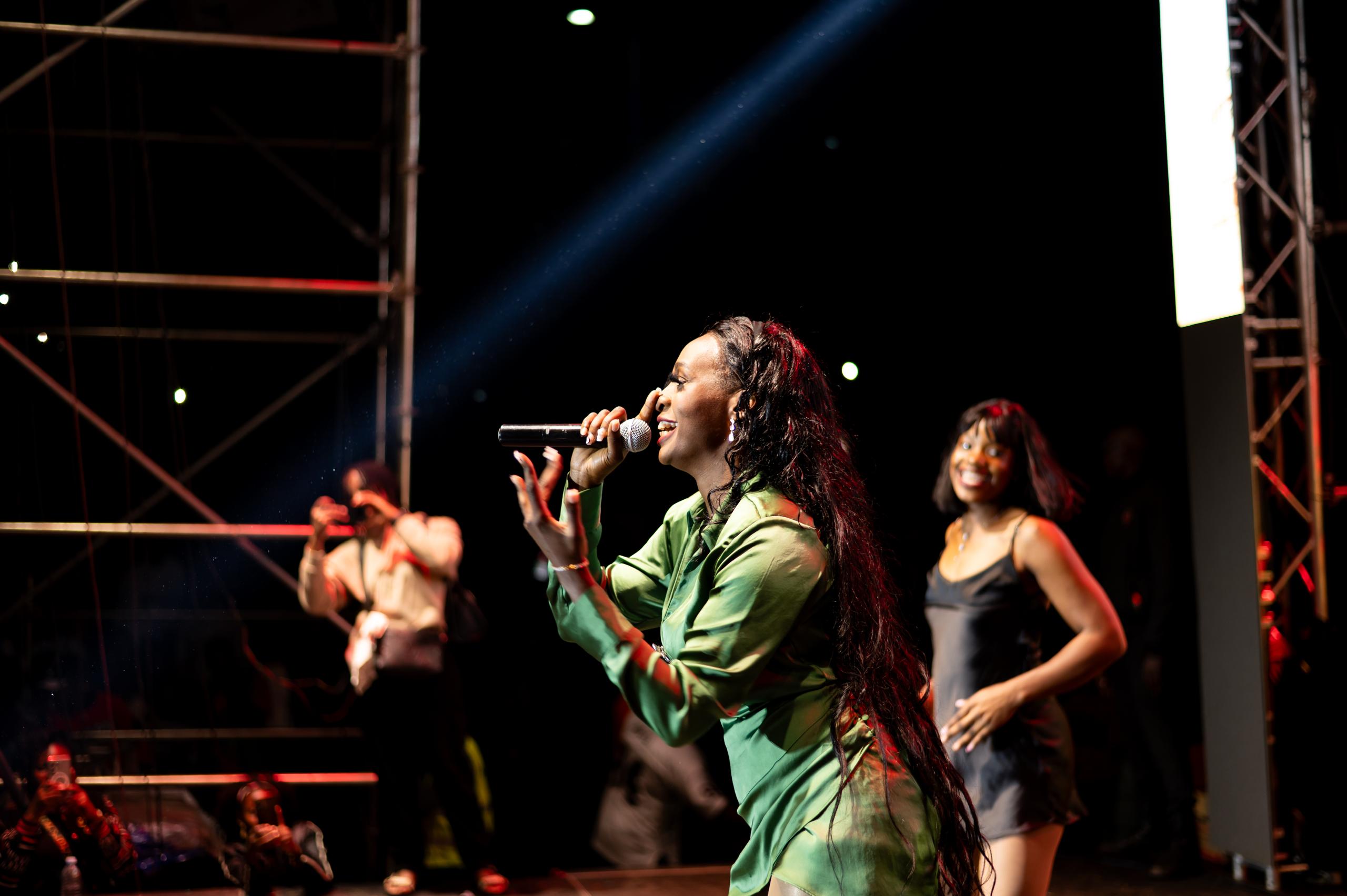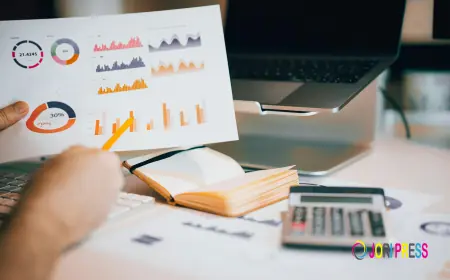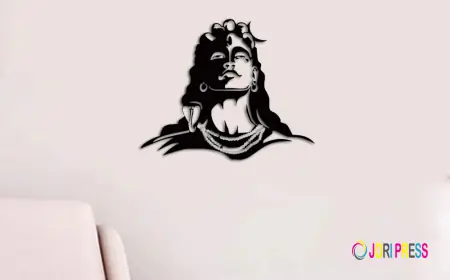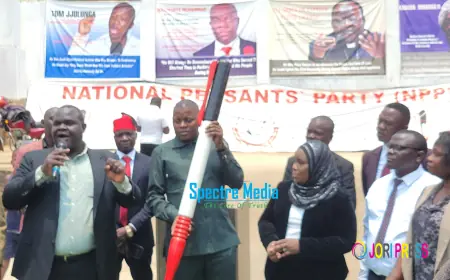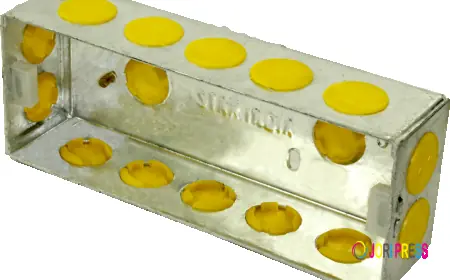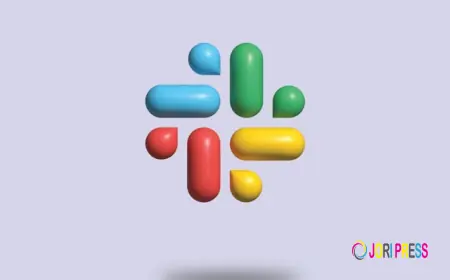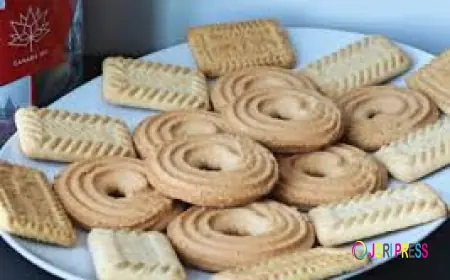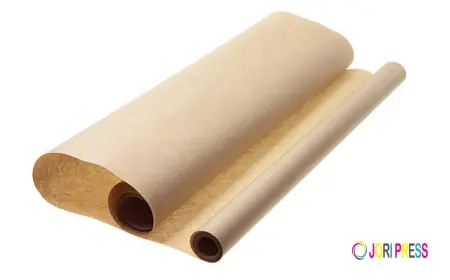Going bare knuckles


Art should exist beyond its visual aesthetics and critique the political-social excesses of the day for it to hold enduring impact to society
ARTS | DOMINIC MUWANGUZI | What is art without critiquing the political-social excesses of the day? Perhaps, it is only good art that delights the eyes of those who believe in art for art’s sake. But is this why art should solely exist, and if so, isn’t this a form of injustice to those who believe art should say much more? If art has the ability to trigger emotions—annoy or repel and excite or amuse—then it should equally possess the nerve to confront greed, corruption, exploitation, and violence by the political elite and their cronies. When art goes bare knuckles on the regime, it will leave a bitter taste in the mouth of those who wield political power and authority, and this may invite censure on the creative practice of the artists. This is the extreme. But behind this curtailment of freedom of expression, the artworks incite deep conversations about the impunity of the State, often leading to forthright rejection of the establishment’s abuses.
Incidentally, few artists in Uganda have the audacity to create art that ruffles the feathers of the government. Those who dare are too conscious about the safety of their careers in the wake of the rampant clampdownon dissenting voices from the public by the regime. During the constitutional amendment of the presidential age limit in 2017, the uproar from the public protesting the violation of the rule of law was expressed by the bold and loud graffiti scribbling, Togikwatako slogan, by anonymous street artists in different street corners across Kampala. The government’s retaliation to this volatile campaign through its political entity, Kampala City Council Authority, was to whitewash all writings on public buildings while sternly warning the public to desist from this form of “vandalism.” Such a warning was a disguised form of repression of public opinion in order to favor the law that would allow the president to contest without the age factor. Nonetheless, the exhibition Abaneene 2013 by Eria Sane Nsubuga at Afriart Gallery was a total success in spotlighting the greed and corruption of the Ugandan political class. The boldness of the artist to create paintings with familiar political figures like Geoffrey Kazinda, a former principal accountant in the Office of the Prime Minister, who was arrested and charged for embezzling huge sums of money for his personal enrichment, invited deep conversations on how much contribution artists can make in critiquing social-political vices of the day. The artist’s ploy to create potbellied figures on canvas—a familiar symbol of corruption and greed—and adopt the street lingua Abaneene which loosely means the Untouchables, was a witty approach because this did not only create a parody of the delicate subject of corruption, which very few people find easy to talk about in spite of its dire consequences to their social well-being, but also drew diverse audiences to the work regardless of social background or education.The Abaneene show still stands as a benchmark of art that seeks to engage the public on issues of corruption and greed, which are emblematic vices of the regime.
In a recent body of work by Cliff Kibuuka, the artist steps forward to critique the ongoing social-political fracas in some parts of the world arising from the repressive policies passed by respective governments. Focusing on Kenya, the artist creates a series of paintings inspired by the current political events in this East African country. Since taking over the presidency in 2022, William Ruto has been criticized for presiding over a corrupt government that promotes extravagant expenditure by politicians amidst increased statistics of unemployment of the youth, low pay of civil servants, and the crumbling of the shilling. The oppressive response to this criticism through brutal quelling of peaceful demonstrations is what adds insult to injury to the extent that the victims have never accepted to withdraw their sustained protests until the president steps down. Working with newspaper collage and an explosive palette of impastos, the artist is able to create poignant paintings that incite the viewer’s attention to the political realities of the day that end up fracturing the social-economic wellbeing of the populace. In one painting, the artist portrays an abstracted image of the Kibera slum, where thousands of Nairobi’s economically disenfranchised citizens inhabit. It is many of these people who often participate in street protests as a gesture to their frustration with the government’s excessive expenditures, which trap them in abject poverty. He juxtaposes the abstract shanty structures with newspaper cuttings carrying headlines or images of youth protesting in the streets to create a powerful visual narrative of the aversion to this social inequality.
In a world marked by political and social unrest, the common trend of the artist to pay a deaf ear to the injustices in their immediate surroundings is a complete betrayal of their vocation as critics of society. As Hugo Ball (1886-1927) founder of Dadaism, states, “For us, art is not an end in itself, but it is an opportunity for the true perception and criticism of the times we live in.” This statement echoes the philosophy of art existing beyond the visual aesthetics. Art should have a didactic meaning and function, as demonstrated in the works of Eria Sane Nsubuga, Cliff Kibuuka, and a handful of their contemporaries who seek to use art as a tool to protest the social-political horrors of the day.
*****
Images are Courtesy of Kibuuka cliff


